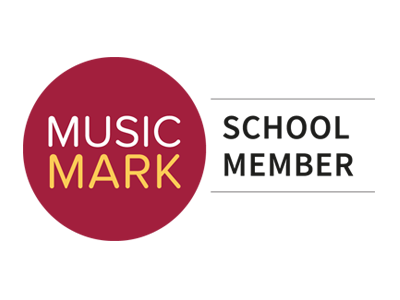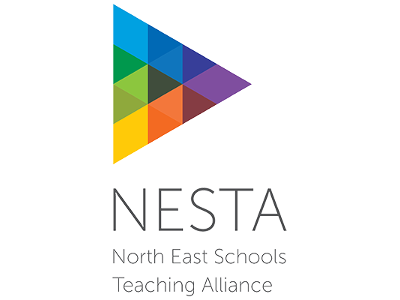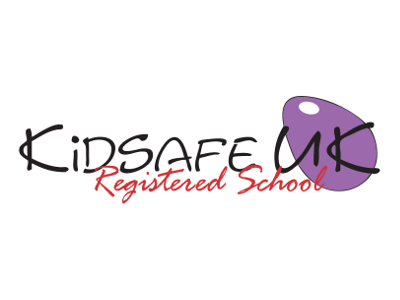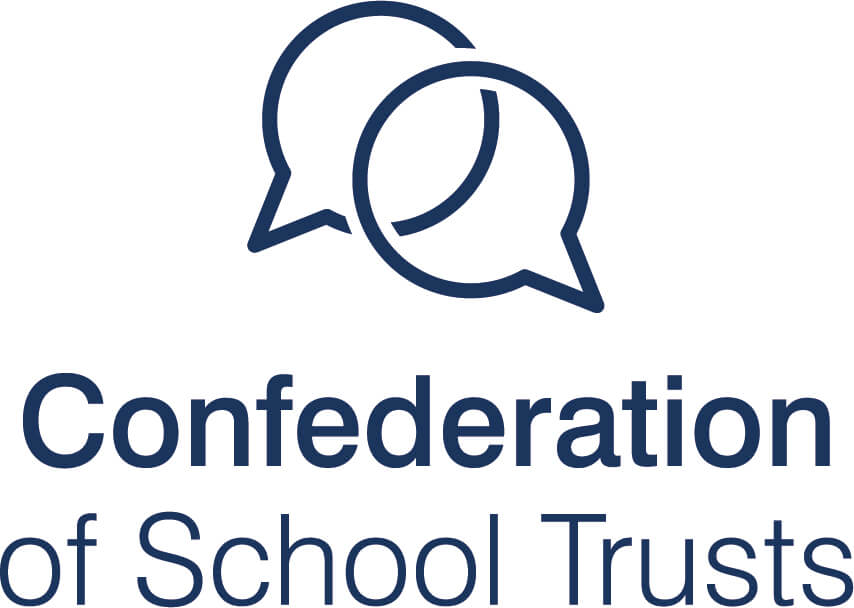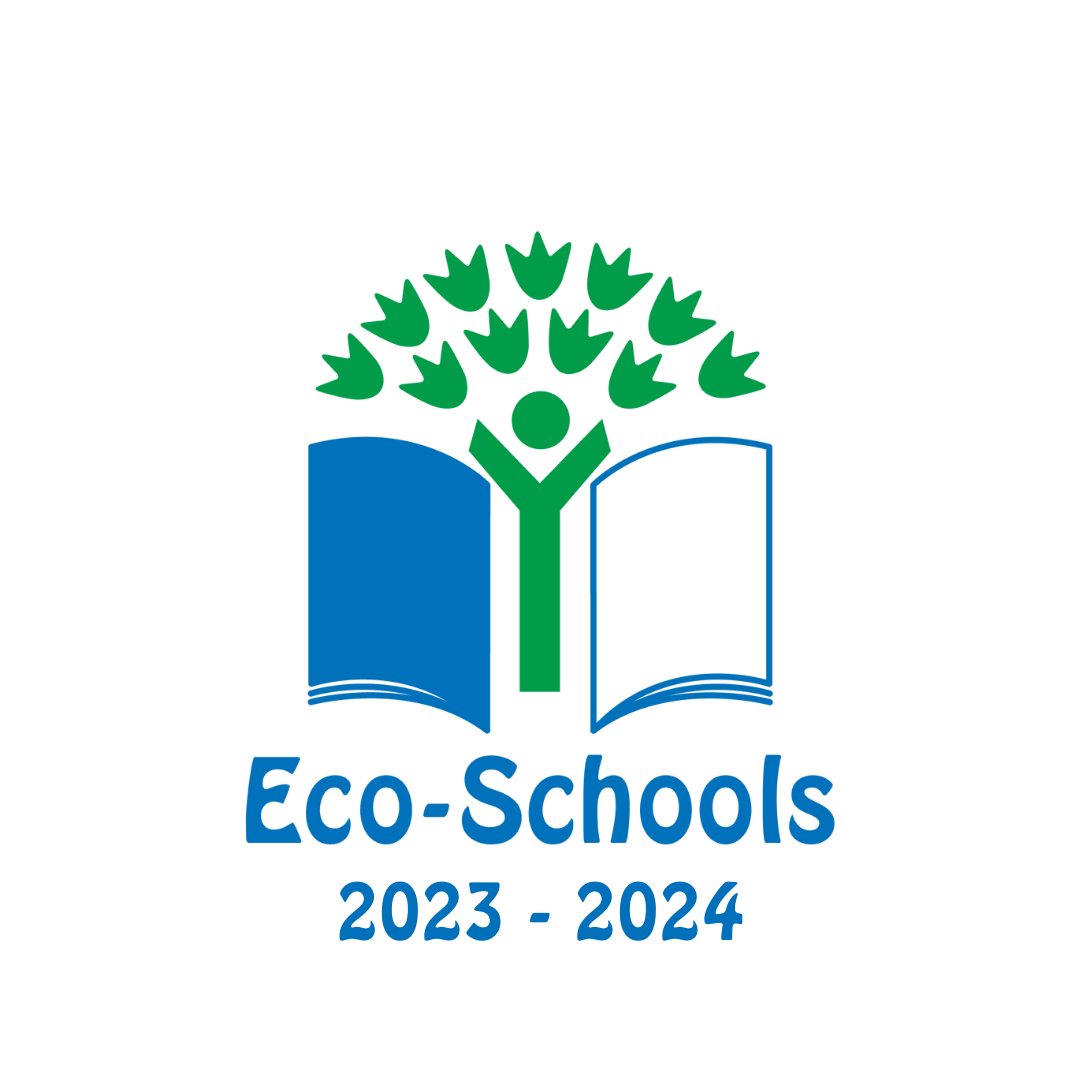Music – Year 5
Download
Download our Year 5 Music curriculum here.
Listening and understanding |
|---|
Elements of music |
Textiles |
|---|---|
| Pitch: recognise and identify range of different scale patterns for example, major, minor, pentatonic and raga
Duration: understand more complex rhythmic patterns and metres including 6/8 Dynamics: understand how the full range of dynamics can be manipulated for expressive effect. Tempo: understand and identify how the full range of tempi can be manipulated for expressive effect. Texture: understand types of harmony, i.e. blocks of sound, including clusters of notes and the use of chords as an accompaniment.. Timbre: identify families of instruments, and different ensemble combinations, e.g. jazz band, orchestra, choir. Structure: understand chord sequences, leitmotif, ABACADA, etc. Applying understanding
Normanby University
|
Examples in addition to KS1 and lower KS2Styles e.g:
Purposes
Non-musical stimuli
|
Controlling |
|---|
|
CreatingUse acoustic sounds and ICT to… |
|---|
|
Responding and reviewing Elements of music (Paragraph 4 a/b) |
|---|
|
February 2014 Reviewed SH, AD, GC, CA




